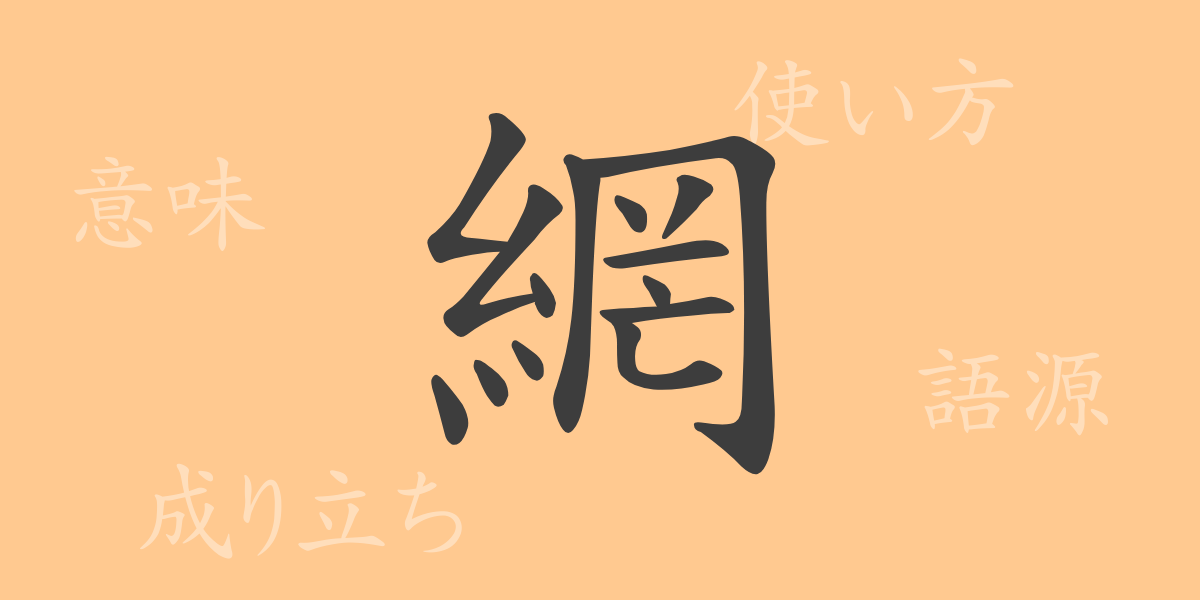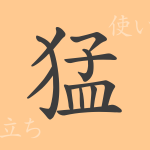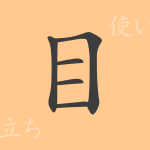Japan’s written culture is profound, with each character imbued with history and meaning. “網 (あみ, ami)” is one such commonly used kanji, widely utilized in daily life. In this article, we will unravel the full scope of the kanji “網 (あみ, ami)”, from its origin and meaning to its usage, related idioms, and expressions.
Origin of 網 (あみ, ami)
The origin of the kanji “網 (あみ, ami)” dates back to ancient China. The oldest characters representing a net can be found in oracle bone script, depicted pictorially to represent nets used in hunting and fishing. As kanji evolved over time, “網 (あみ, ami)” became simplified to its current form. This character represents the structure of a net made by intersecting threads, evoking the image of mesh.
Meaning and Usage of 網 (あみ, ami)
The character “網 (あみ, ami)” originally refers to a tool used for catching fish or birds. However, its usage is extensive, encompassing metaphorical meanings and applications across various fields. For instance, in the world of the internet, it is abbreviated to “net” to signify a network spreading like the mesh of information.
Reading, Stroke Count, and Radical of 網 (あみ, ami)
Understanding the reading and components of the kanji “網 (あみ, ami)” is also essential.
- Reading: On-reading is “モウ (もう, mō)”, and kun-reading is “あみ (あみ, ami)”
- Stroke Count: 14 strokes
- Radical: 糸部 (いとへん, itohen)
Idioms, Expressions, and Proverbs Using 網 (あみ, ami) and Their Meanings
There is a wealth of idioms, expressions, and proverbs in Japanese that include “網 (あみ, ami)”. For example, “網を張る (あみをはる, ami o haru)” describes the act of skillfully preparing a plan. “網の目 (あみのめ, ami no me)” is used metaphorically to describe fine gaps, and “網羅する (もうらする, mōra suru)” means to collect things widely and deeply. These expressions derive from the essential function of a net, which is to capture.
Summary of 網 (あみ, ami)
The kanji “網 (あみ, ami)” has come to possess diverse meanings and uses due to its functional imagery. The expressions and idioms containing “網 (あみ, ami)” found in the Japanese language demonstrate how deeply this character is ingrained in daily life. From ancient times to the present, the character “網 (あみ, ami)” has remained closely connected to people’s lives, making it one of the fascinating kanji that reflect its historical and cultural background.

























